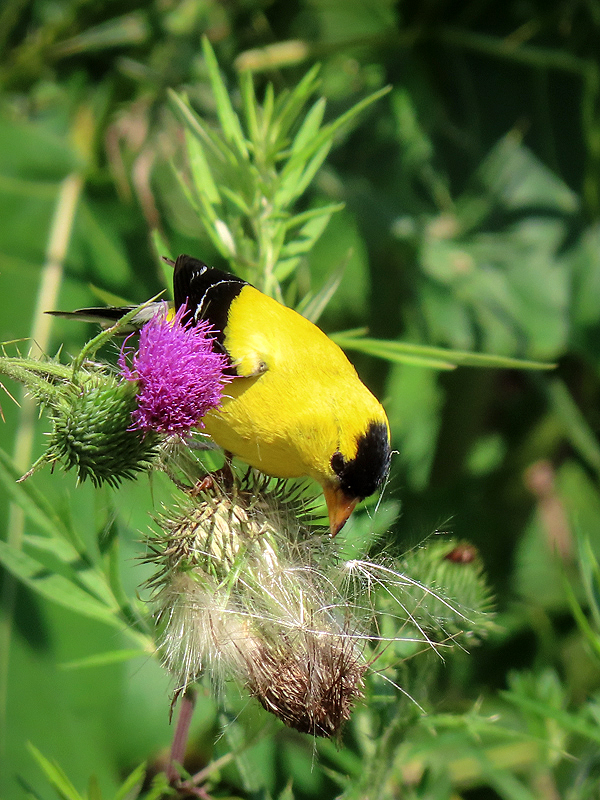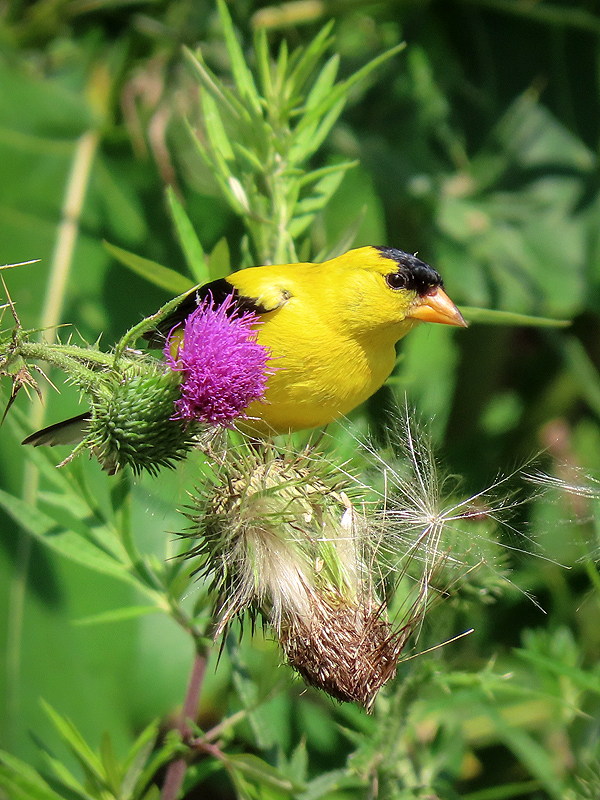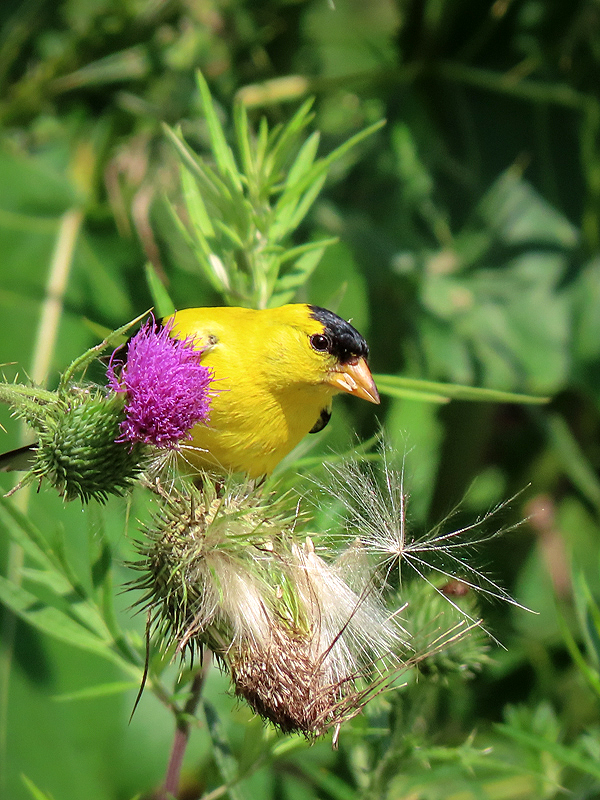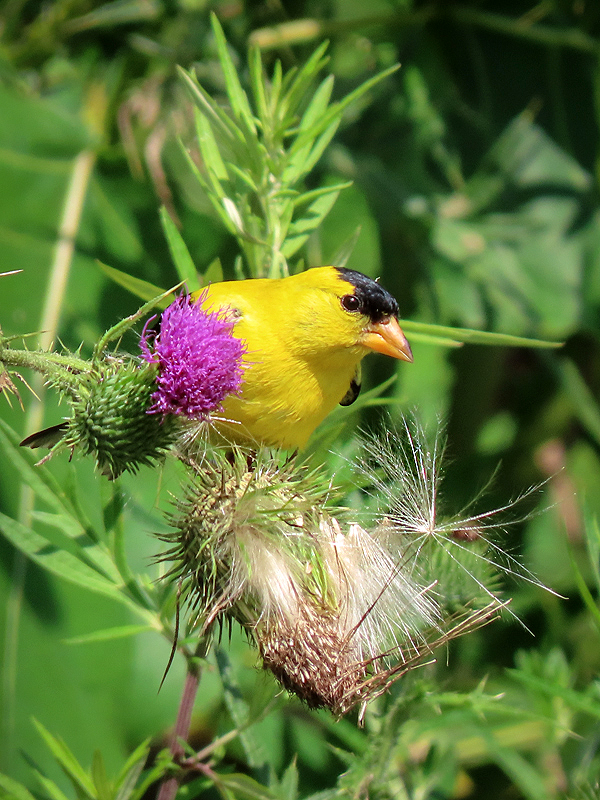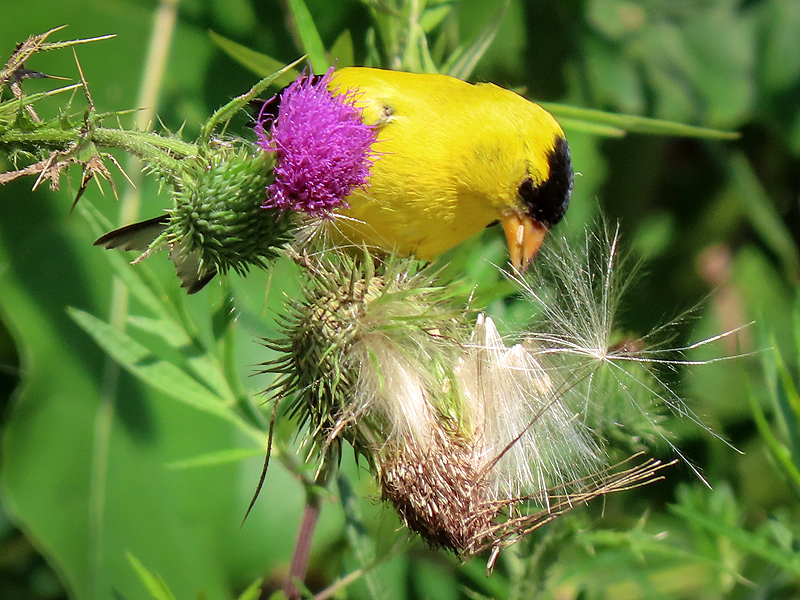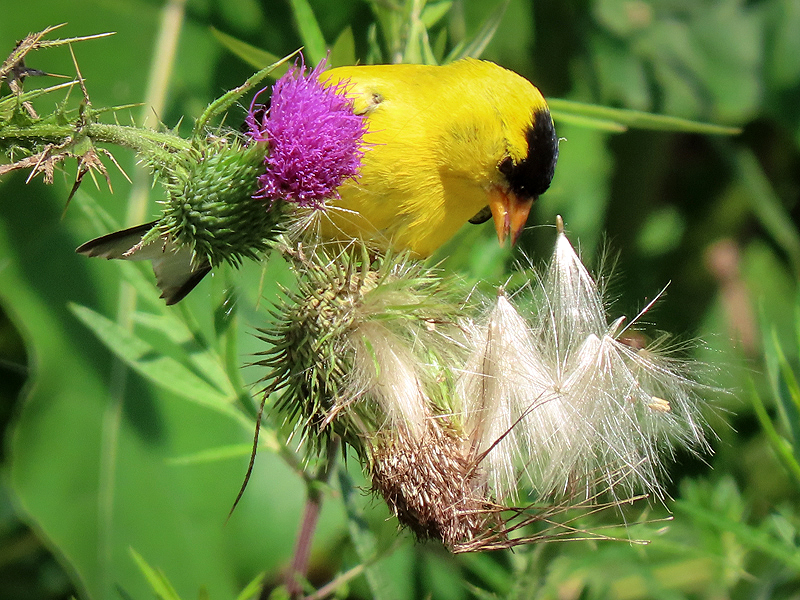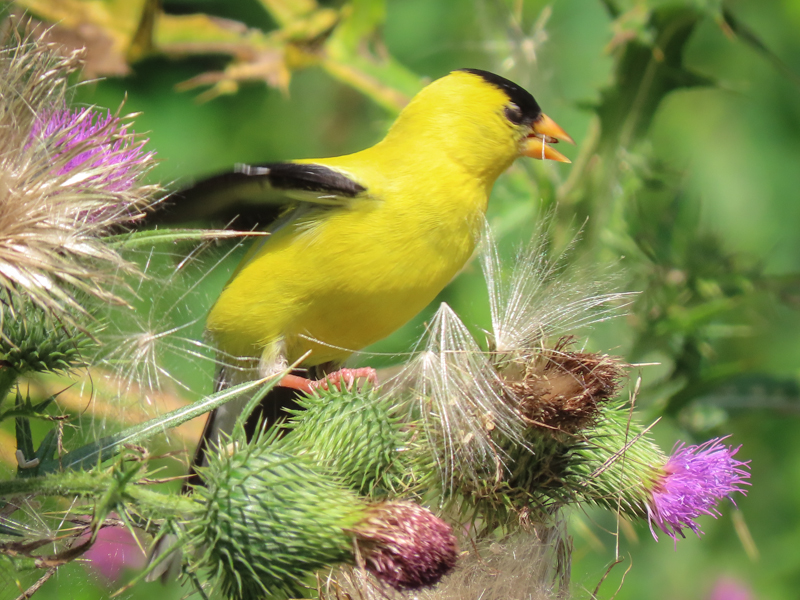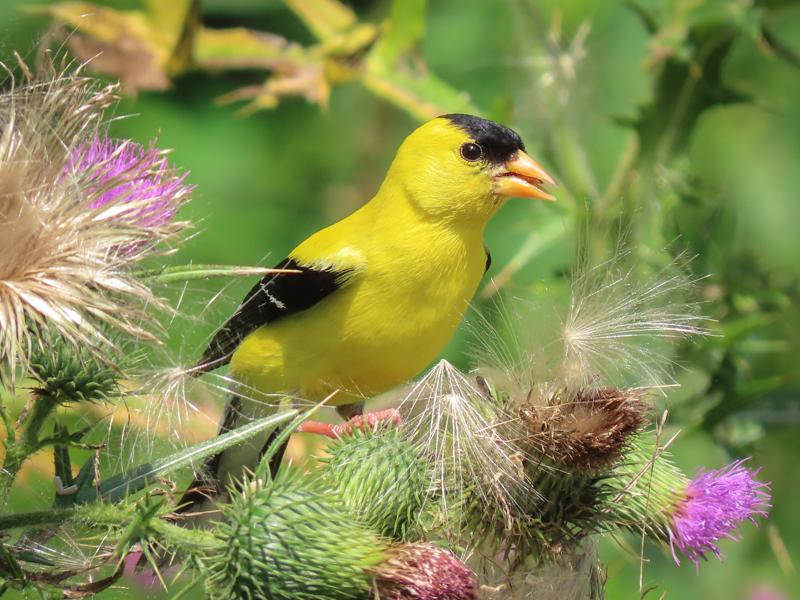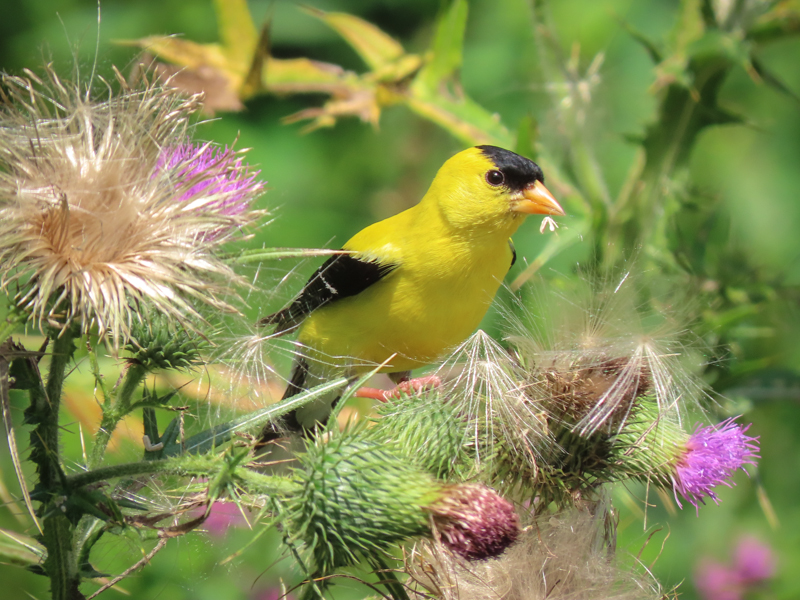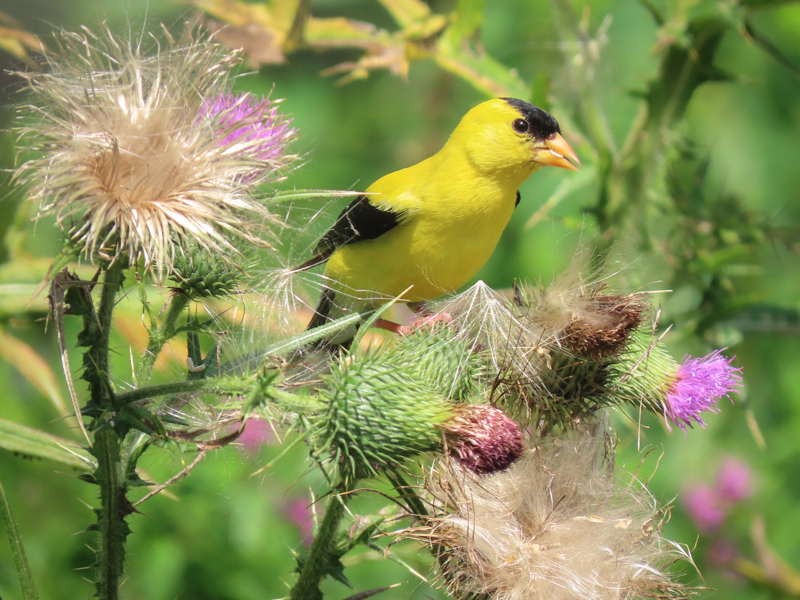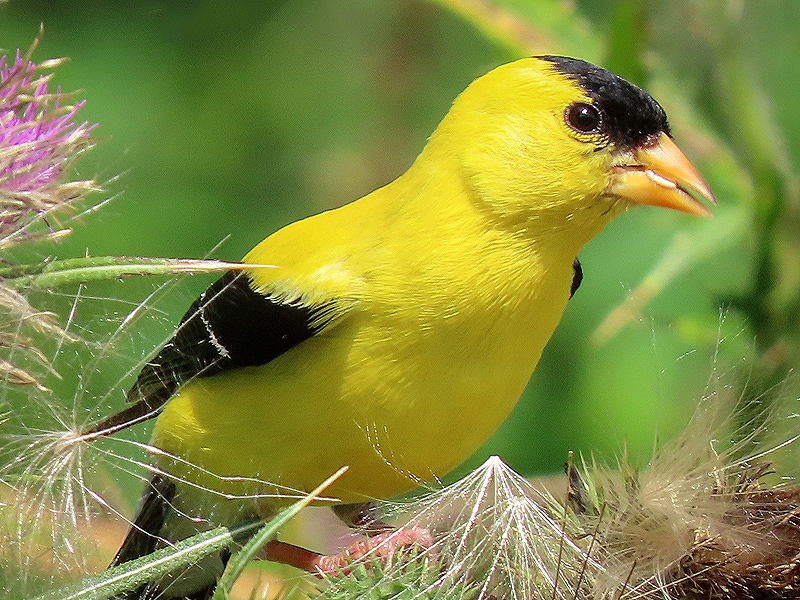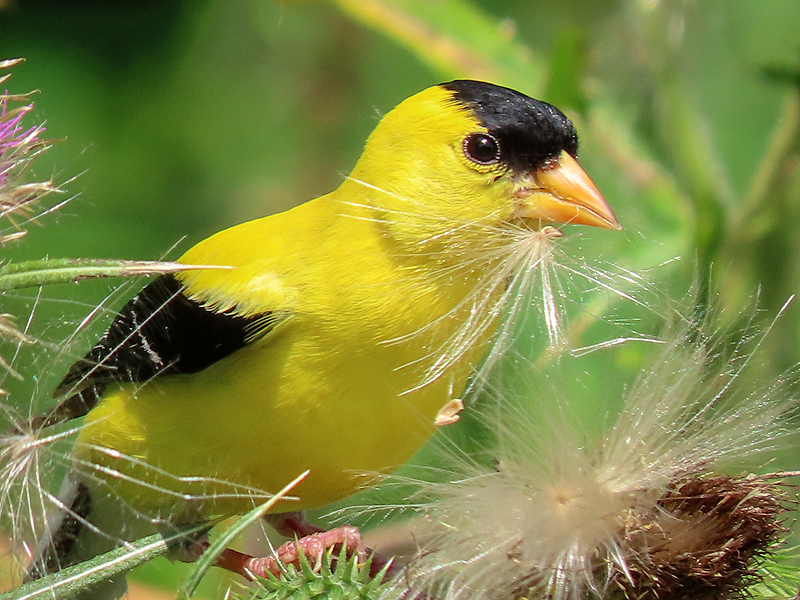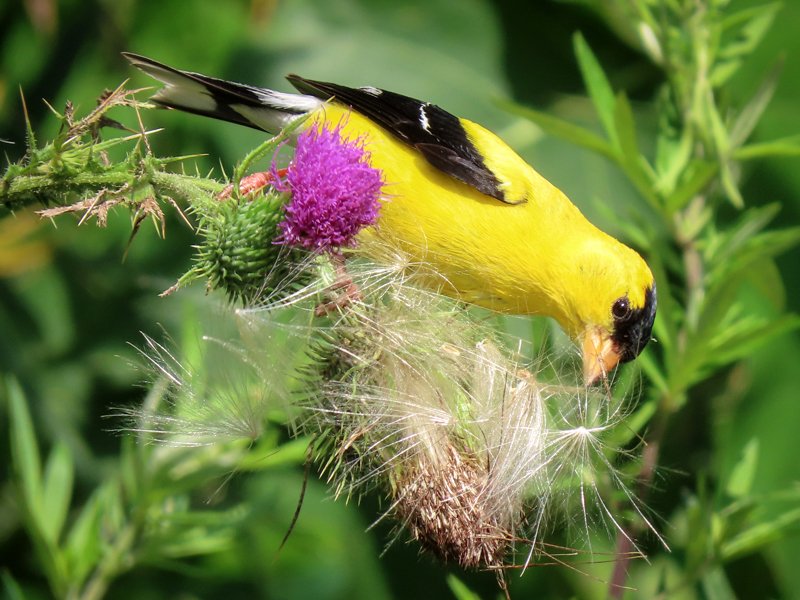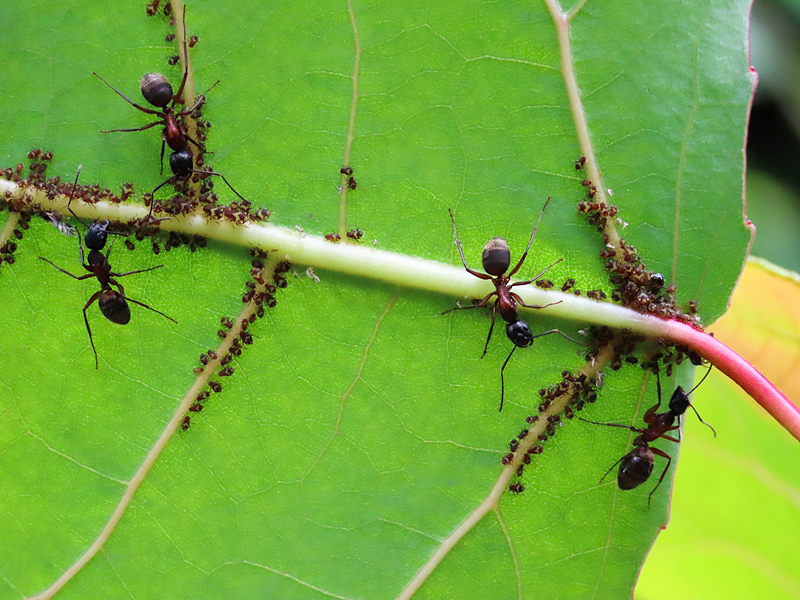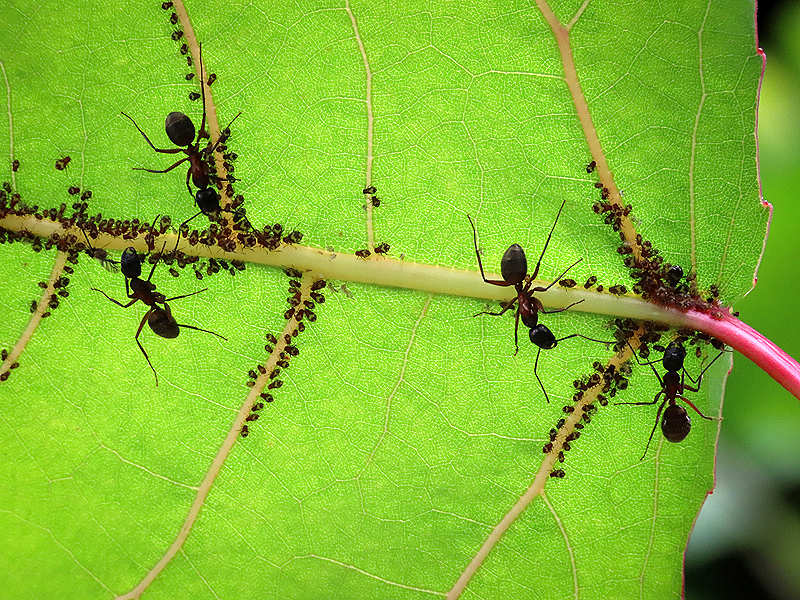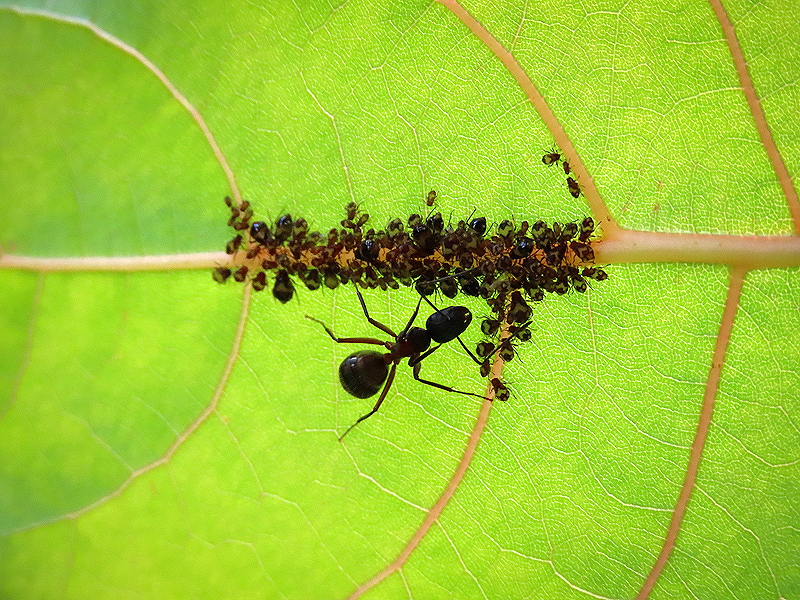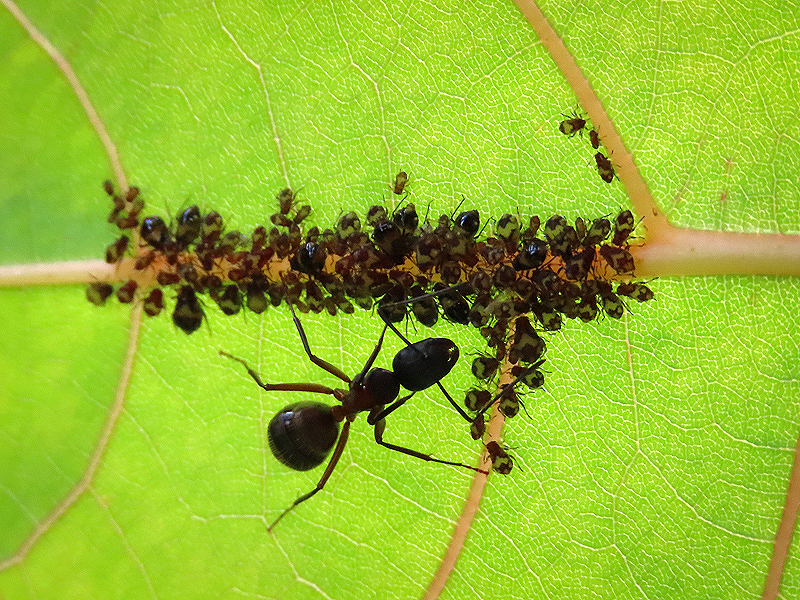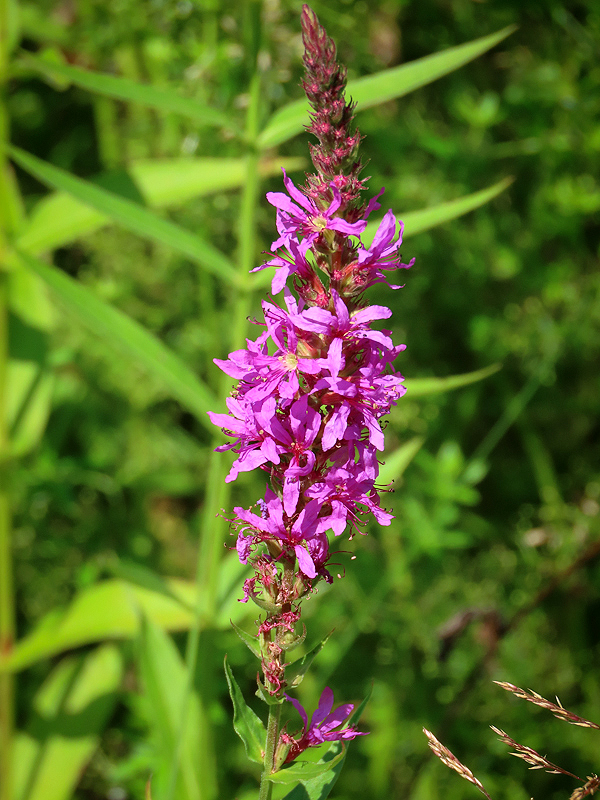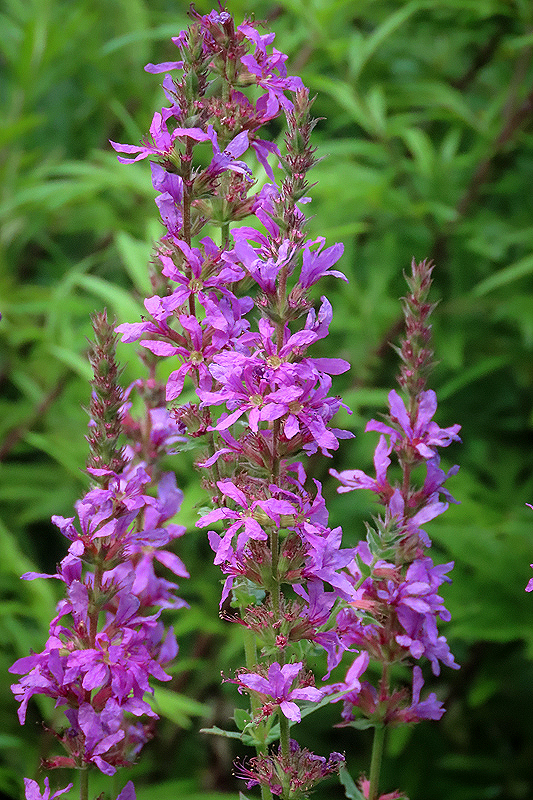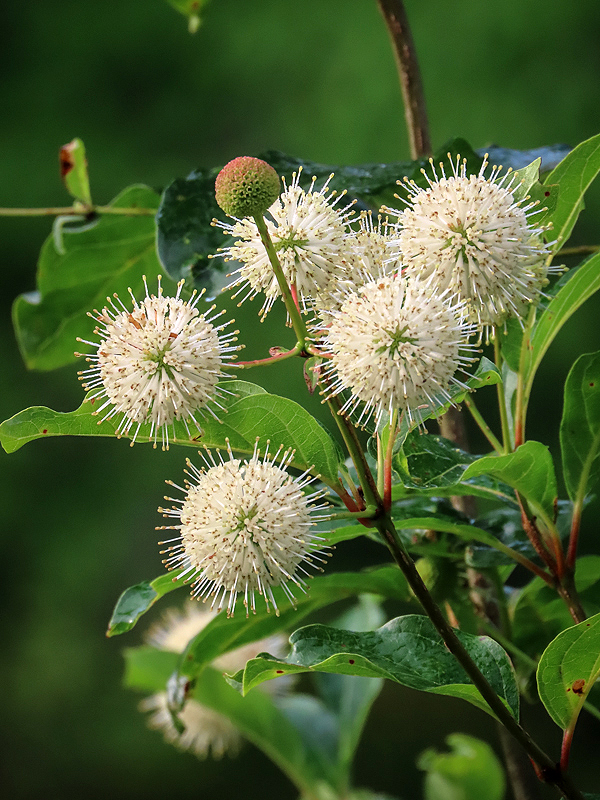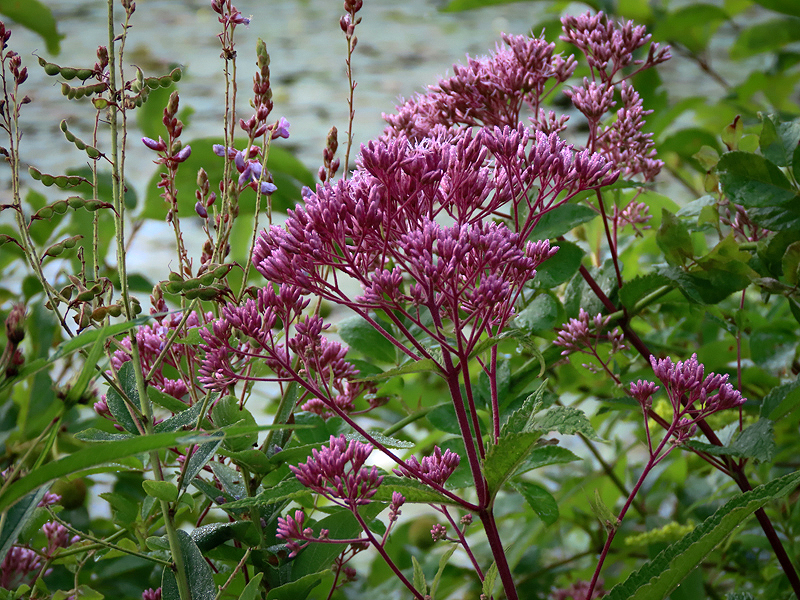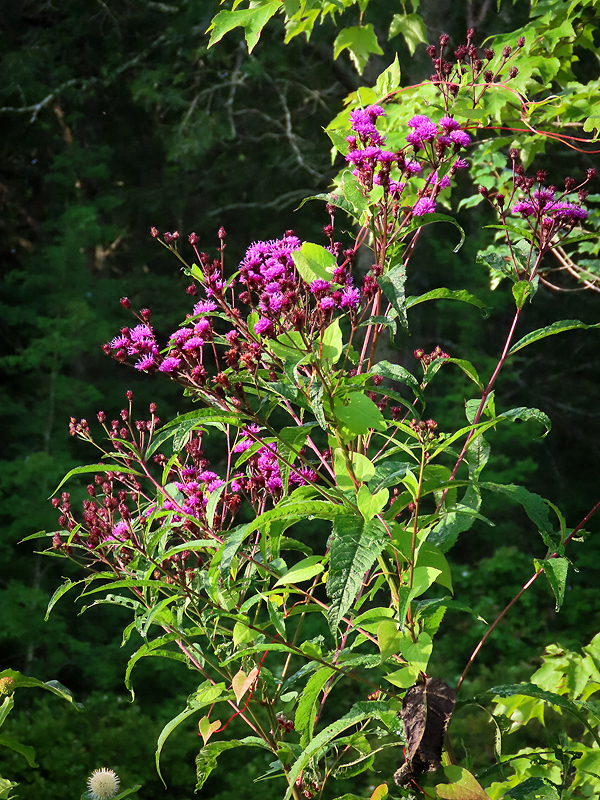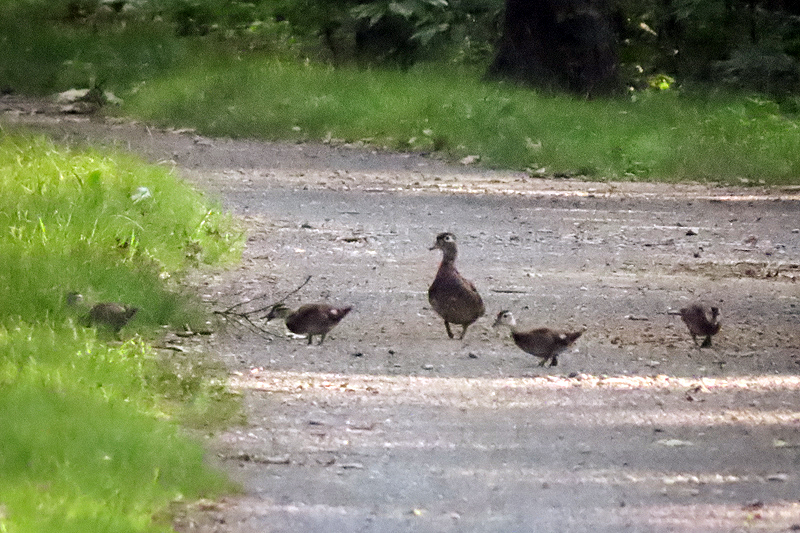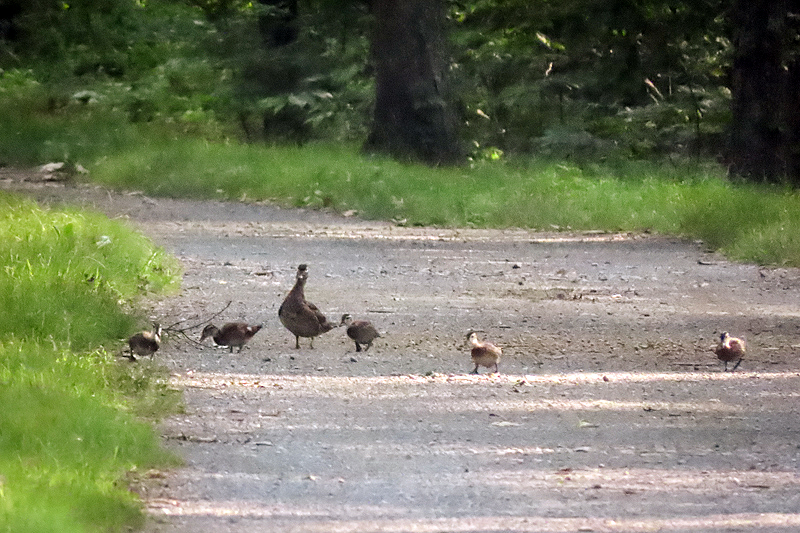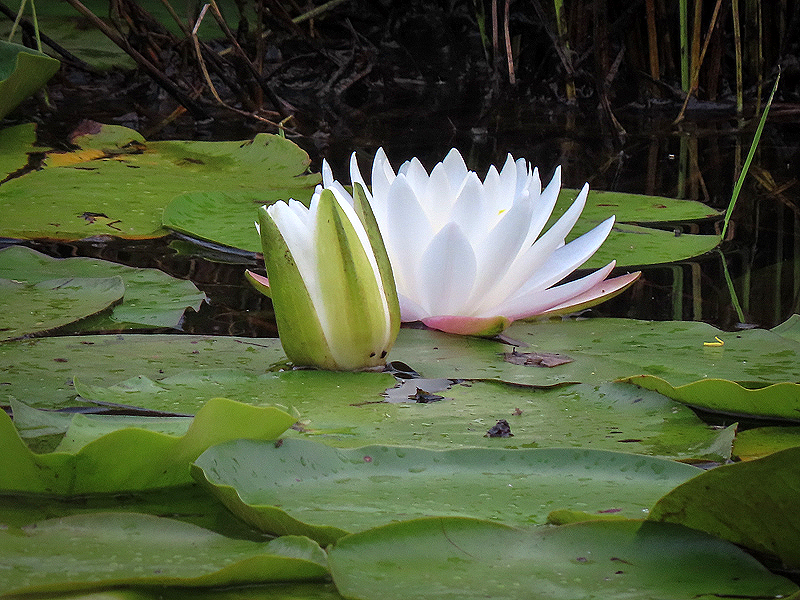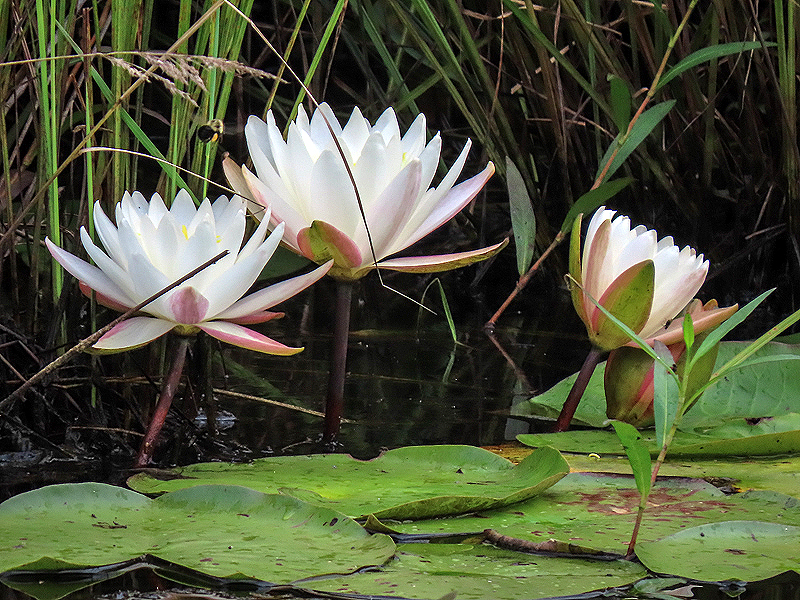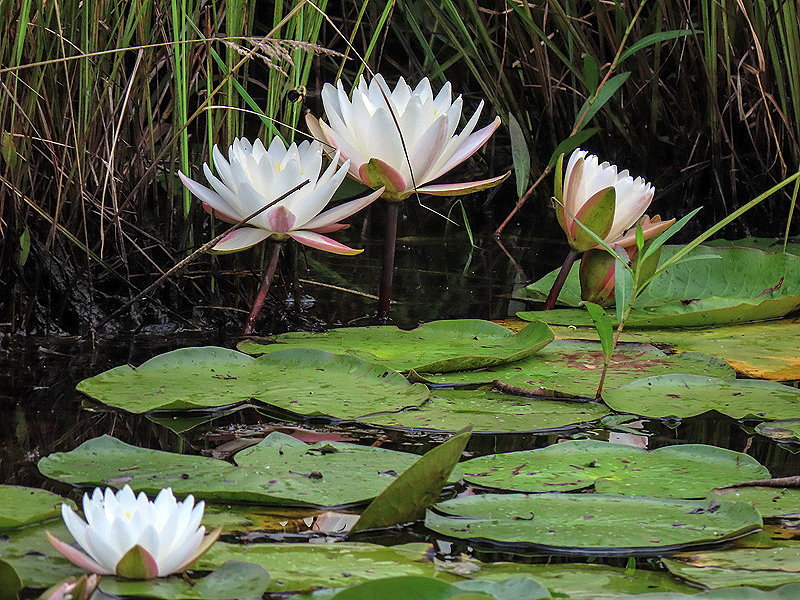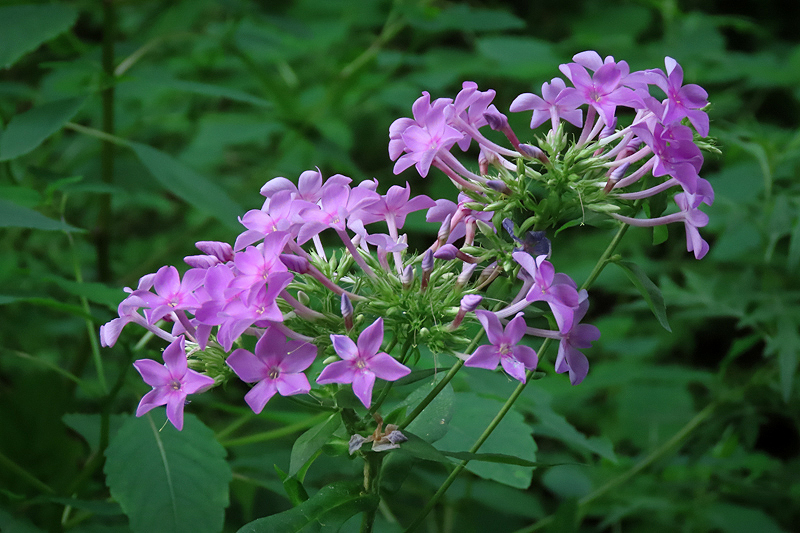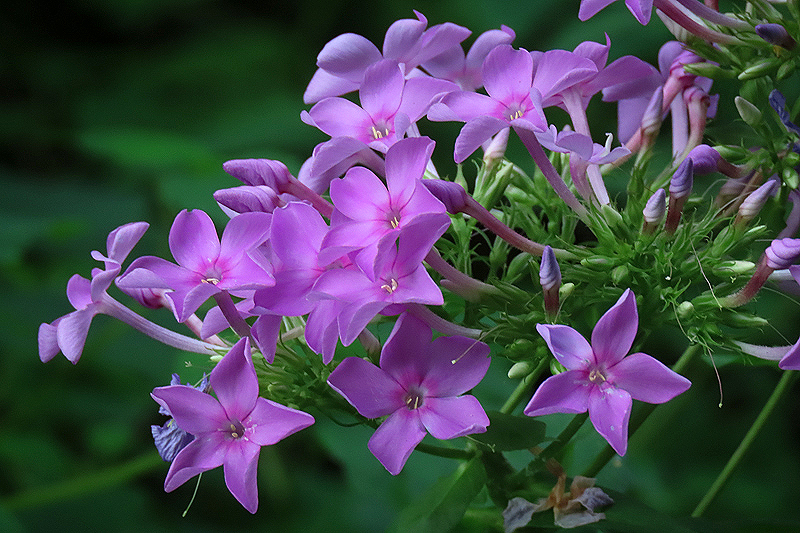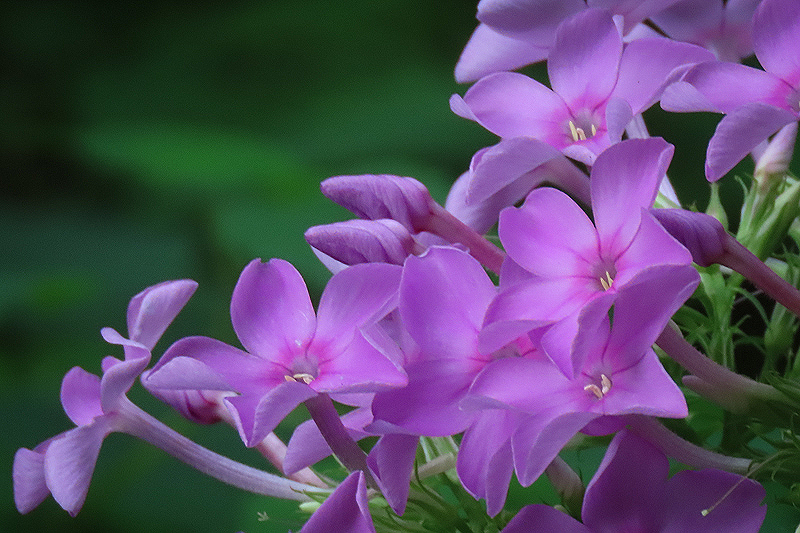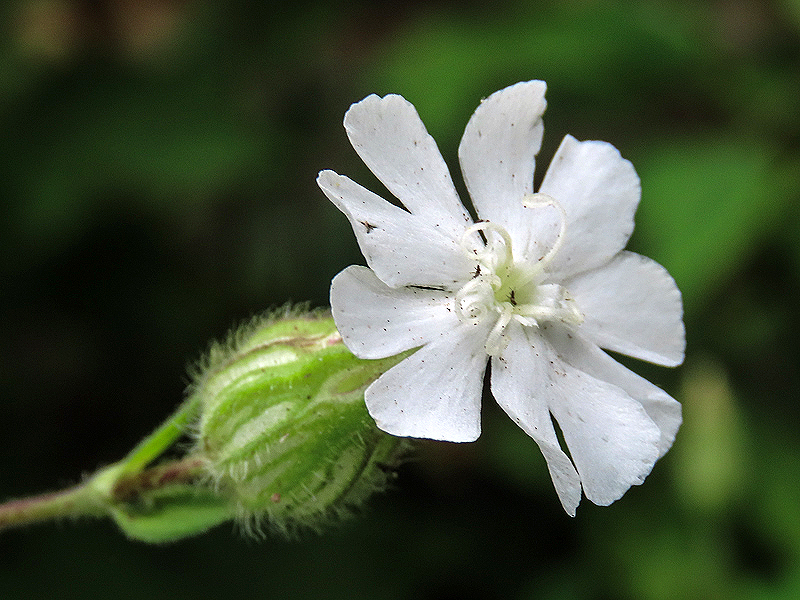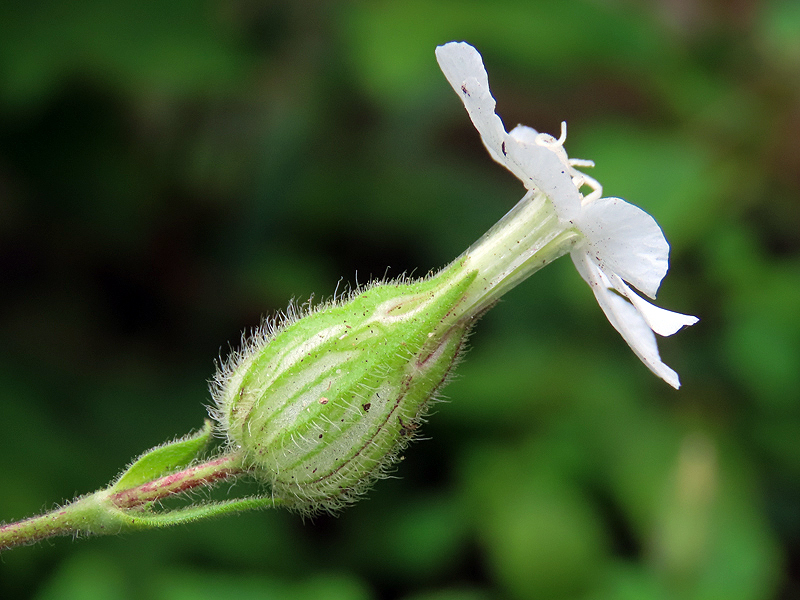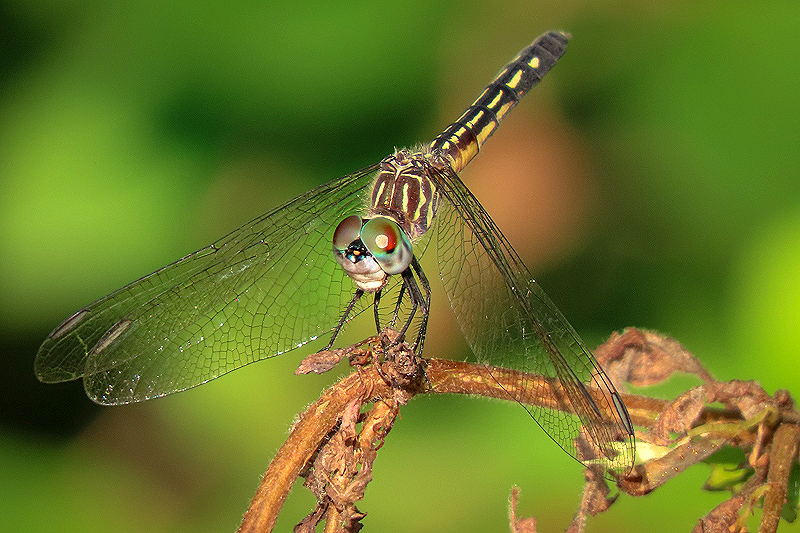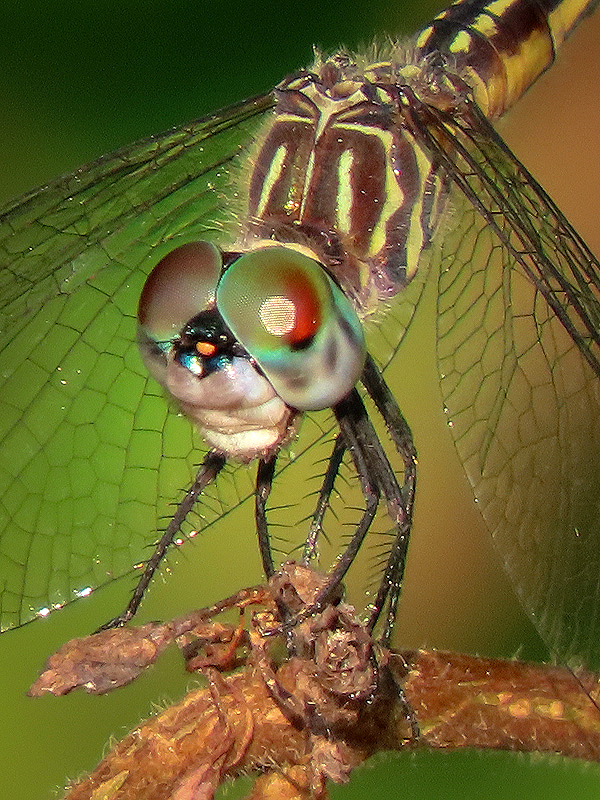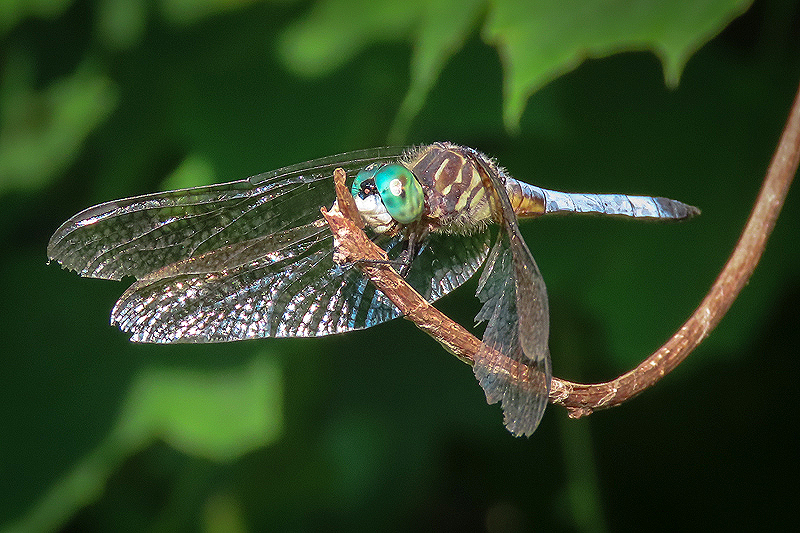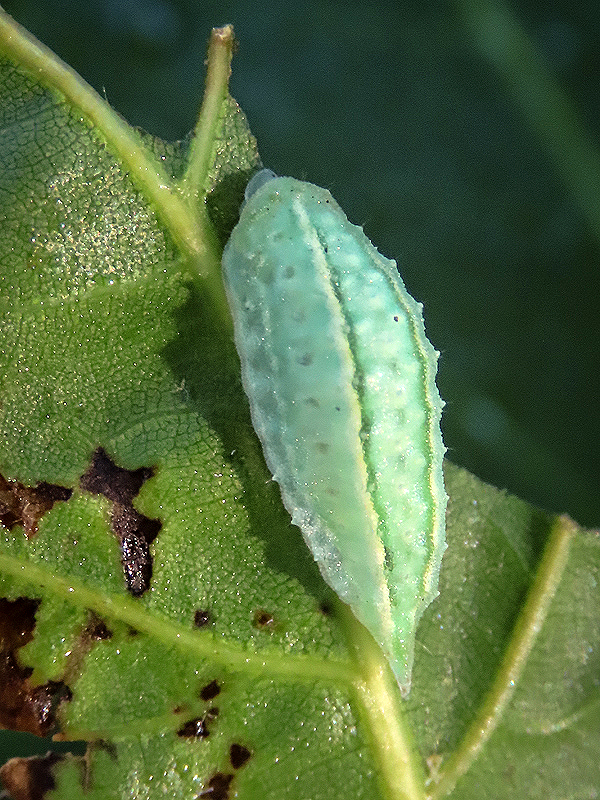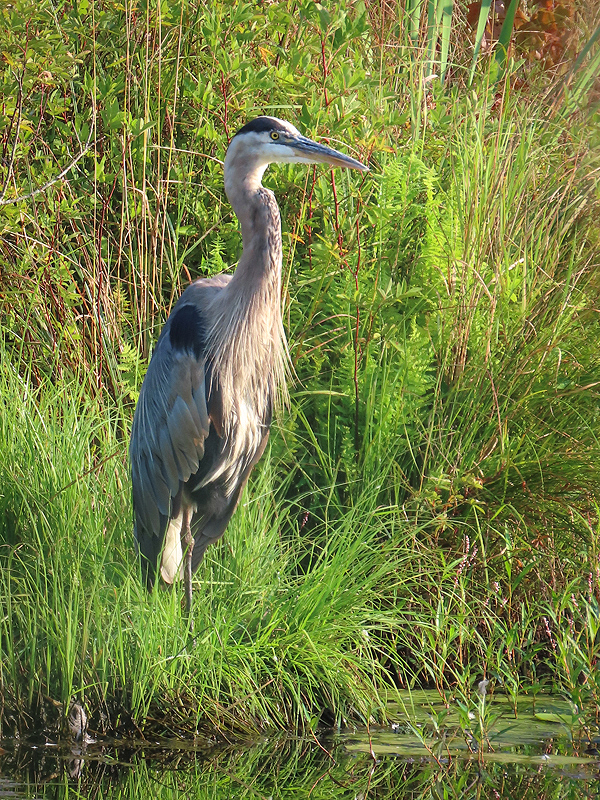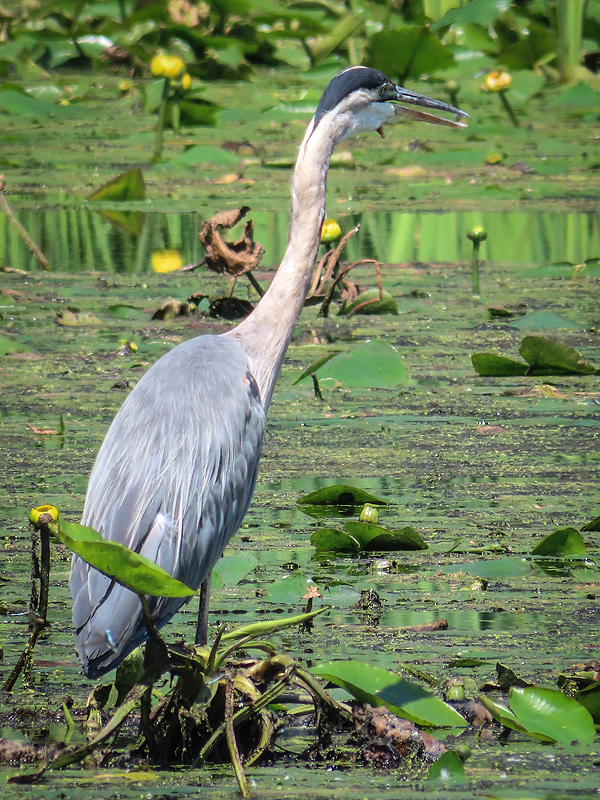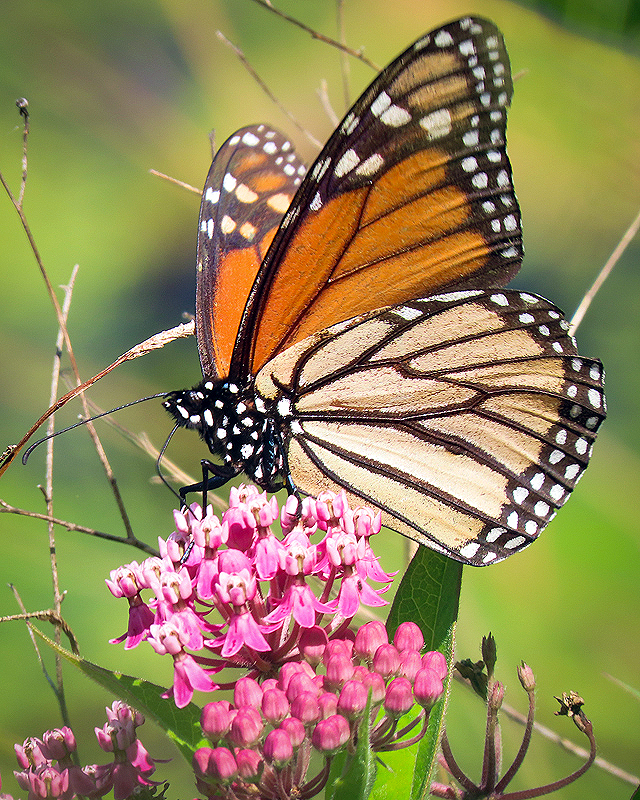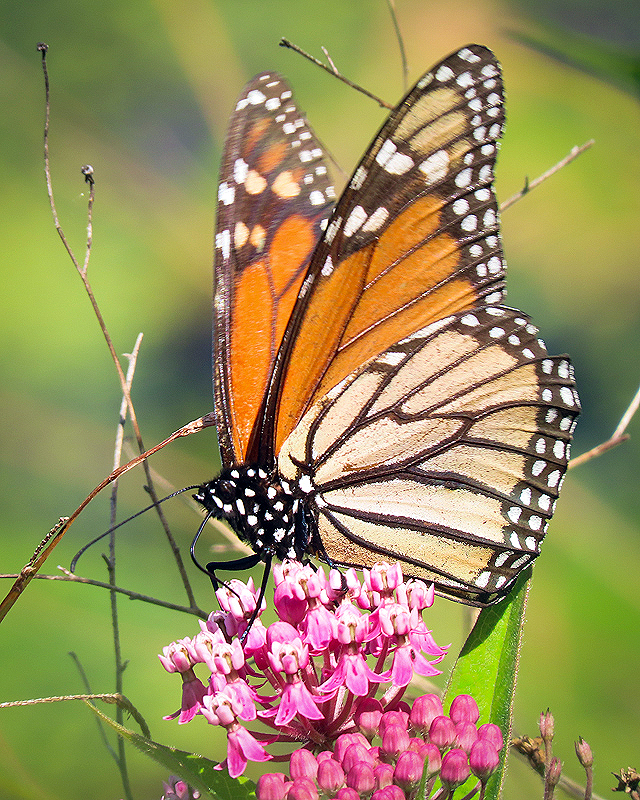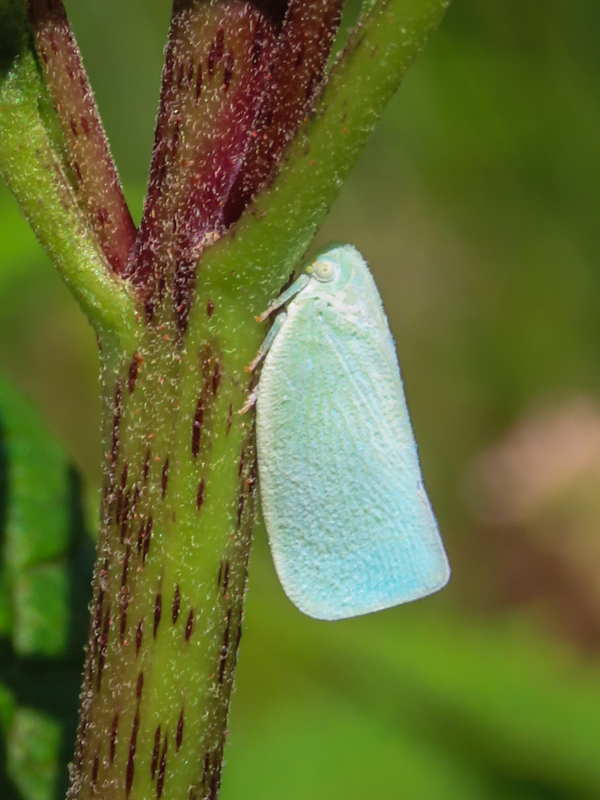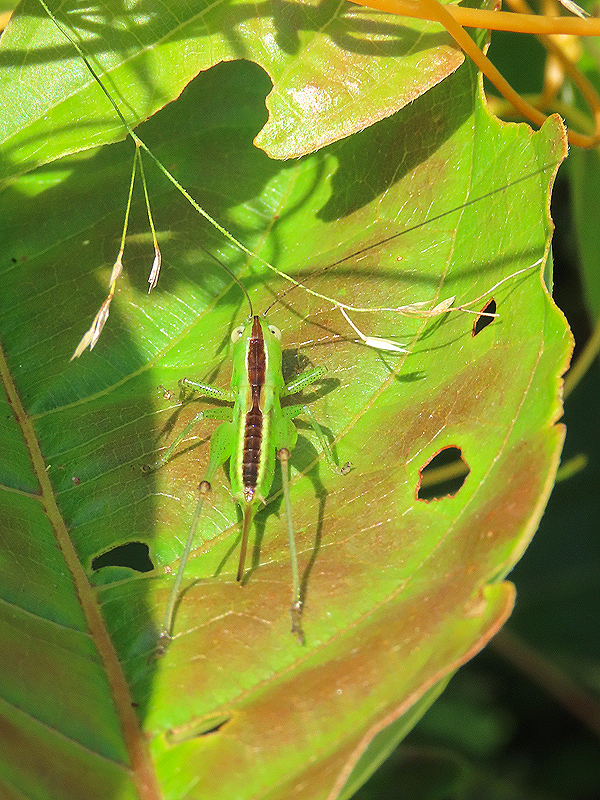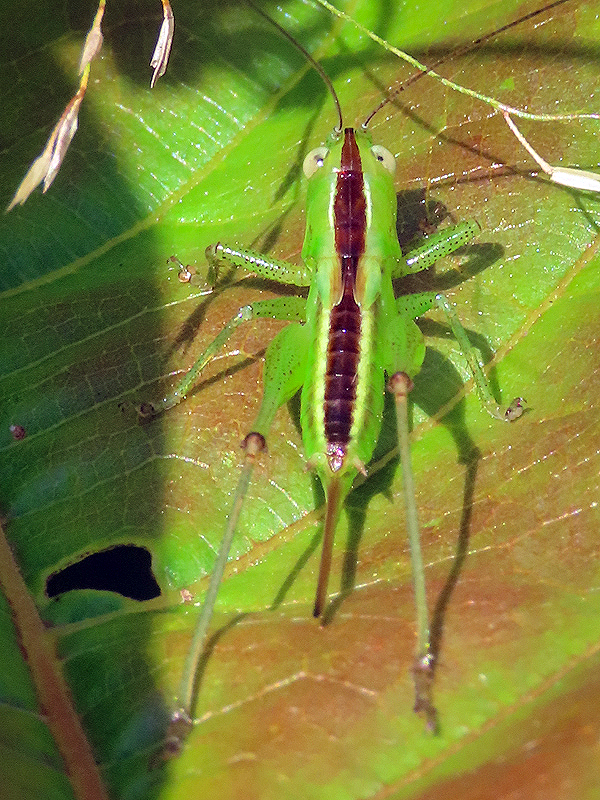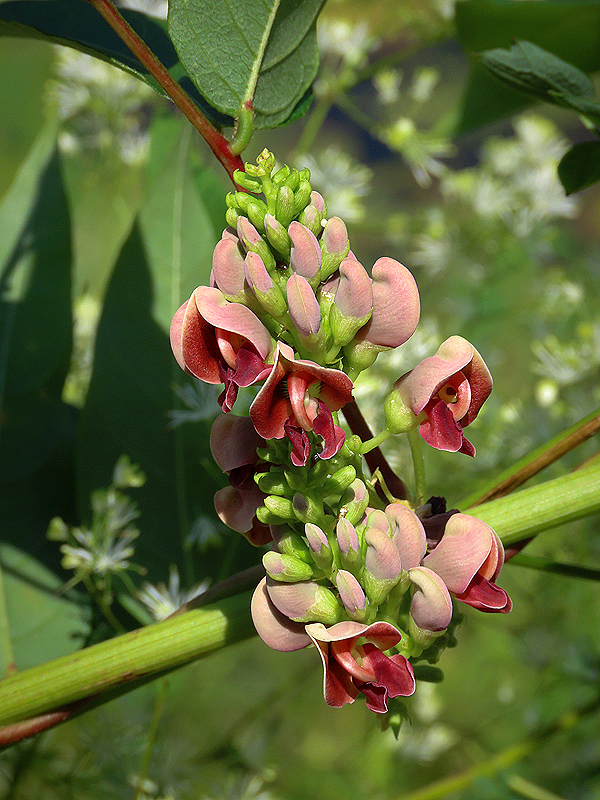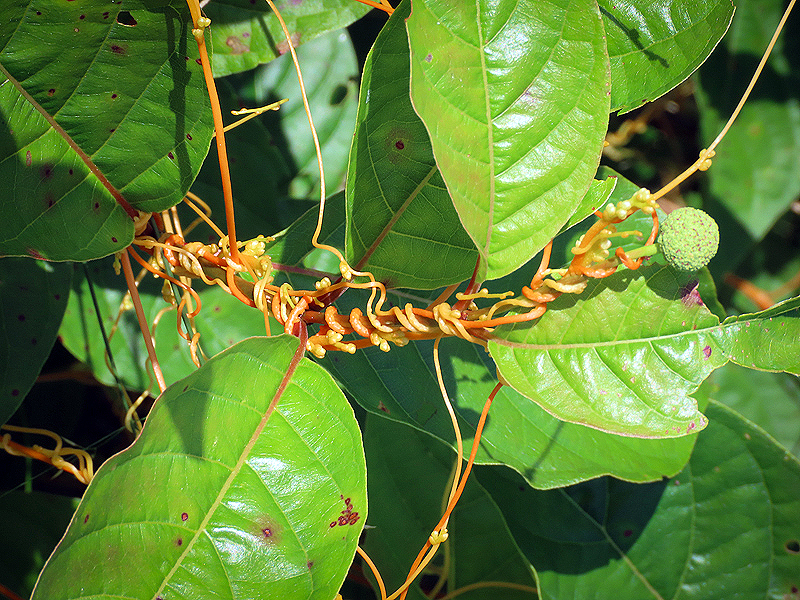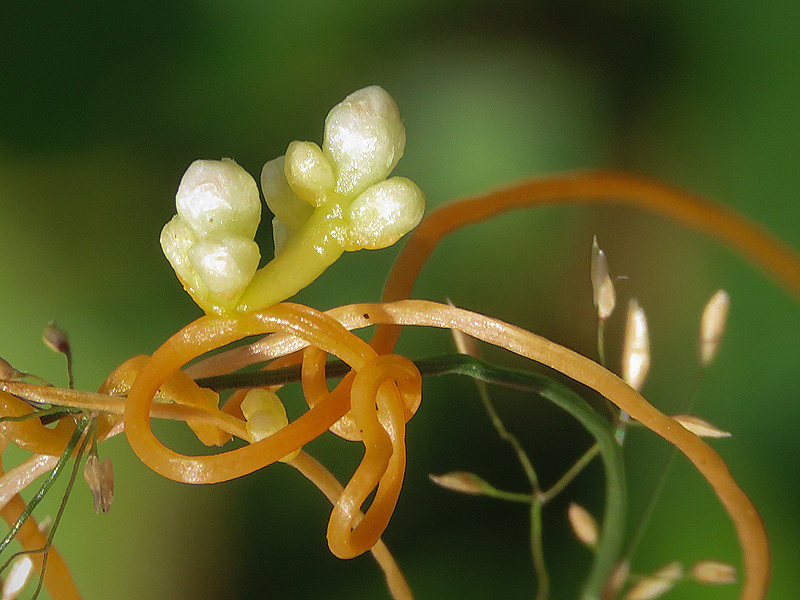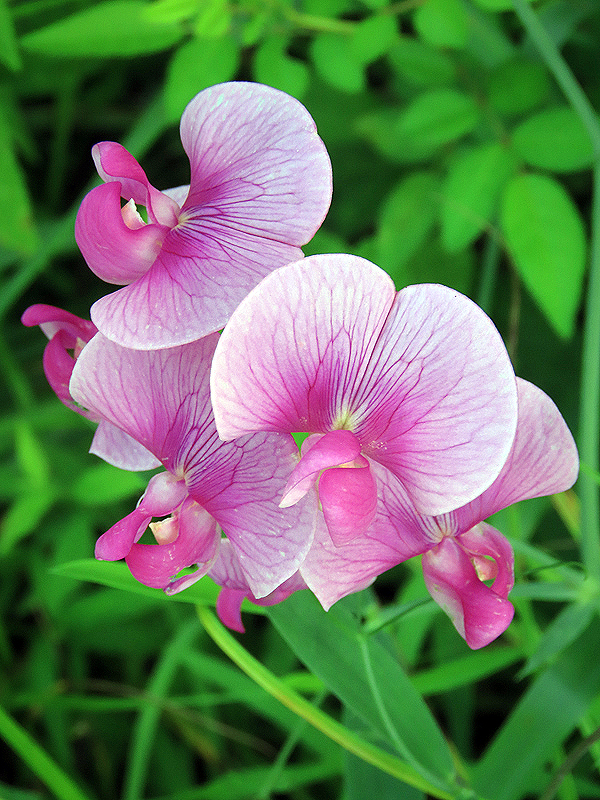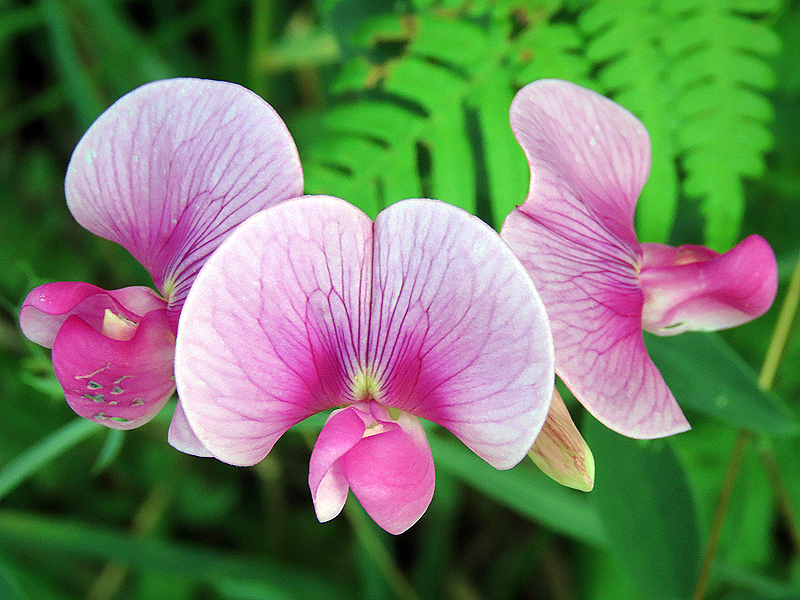Along the Air Line... 2023 - Summer, Part 7 The Air Line Trail in Eastern Connecticut - Stan Malcolm Photos |
HOME: Air Line... 2023 Pages Menu Stan's FlickR Albums |
August 2nd. An afternoon walk east from Depot Hill Road in Cobalt, continued from the previous page. Thanks to cyclist Steven who alerted me to several male American Goldfinches (Carduelis tristis) several hundred feet ahead. |
The birds were ripping apart thistle seed heads, discarding the feathery down and eating the seeds. |
The air around them was full of down floating away on the breeze. |
|
(I realize these photos are pretty redundant, but I couldn't resist sharing them all.) |
|
|
|
|
|
|
|
|
|
I also spotted these Ants tending their herds of Aphids. The ants protect the aphids and feed on the honeydew (excess plant juices) excreted by the aphids. |
|
|
|
Purple Loosestrife (Lythrum salicaria) was blooming too. |
|
August 3rd. Back at the marsh, Buttonbush or Honey-balls (Lindera benzoin) is blooming... |
...as is Spotted Joe-Pye-Weed (Eupatorium maculatum)... |
...and New York Ironweed (Vernonia noveboracensis). |
|
I was surprised to see this Wood Dock (Aix sponsa) female with 8 or 10 ducklings. Seems awfully late in the season for baby ducks. |
I couldn't get the whole family into a picture. |
August 4th. Fragrant Water-lilies (Nyphaea odorata). |
|
|
Garden Phlox (Phlox paniculata) hanging on amid weeds at the Route 85 parking area. |
|
|
Evening Lychnis (Lychnis alba) right by the Phlox. |
|
August 5th. At Raymond Brook Marsh, a female Blue Dasher dragonfly (Pachydiplax longipennis)... |
In flight those spiny legs form a basket to catch aerial prey. |
...and an ancient male of the same species. |
Jeweled Tailed Slug caterpillar (Packardia geminata). The abdominal prolegs of slug caterpillars are reduced to fleshy lobes and they undulate along. |
The usual Great Blue Heron (Ardea herodias). |
Later, at Cranberry Bog, the resident Great Blue Heron (Ardea herodias). I know this bird because what's left of its tongue protrudes through a hole in its throat. I've seen it here for three years now. |
Monarch butterfly (Danaus plexippus) on Swamp Milkweed (Asclepias incarnata). |
|
Northern Flatid Planthopper (Anormenis chloris). |
A Meadow Katydid nymph (Conocephalus sp.). |
|
Groundnut (Apios americana), a climbing vine in the Pea Family, Fabaceae. |
Dodder (Cuscuta gronovii), an orange climbing parasitic plant lacking leaves. |
Flower buds. |
Sweet Pea (Lathyrus odoratus). |
|

